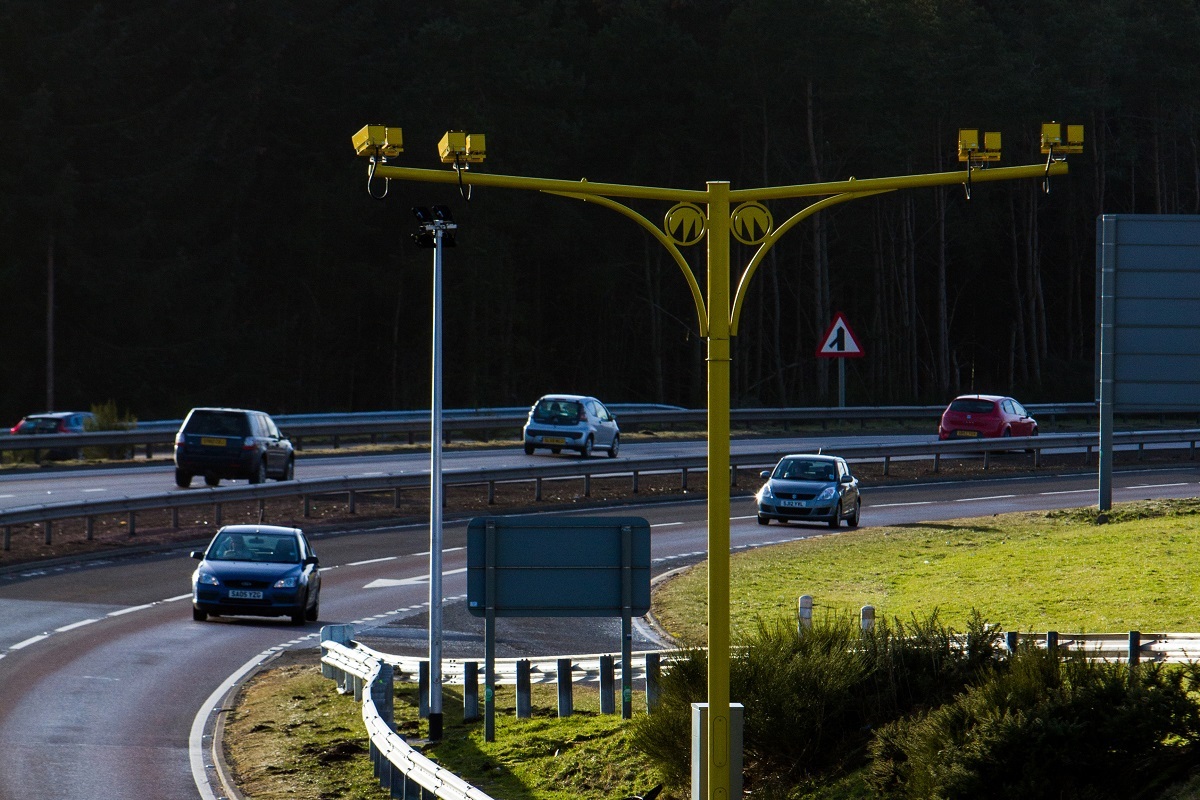
THOUSANDS of motorists may have been wrongly fined for driving too fast on roads with average speed cameras.
The Sunday Post has learned of allegations that small vans and dual purpose vehicles are routinely being classed as heavier goods vehicles and falling prey to the yellow vultures.
It has resulted in their owners being slapped with fines even though they insist they have never driven above the legal limit.
Critics last night called for an urgent investigation into the effectiveness of average speed cameras, which rake in millions for the UK Government every year.
Lawyer Robert Sheridan, a road traffic expert at Glasgow-based Scullion Law, said: “The introduction of average speed cameras and the increasing use of police mobile camera vans have led to more and more people coming to us in disbelief because they have been wrongly charged for doing 60 or 70mph.
“The number of incorrectly classified vehicles could run into thousands.”
On single-carriageway national speed limit roads cars can drive up to 60mph. This is also the case for vans based on car designs such as the Ford Fiesta and “dual purpose” pick-up trucks such as the Mitsubishi Warrior.
But, crucially, the speed limit falls to 50mph for all other goods vehicles weighing less than 7.5 tonnes, such as the Renault Trafic, and, on most roads, 40 mph for heavy lorries.
On national speed limit dual carriageways cars, car-derived vans and dual purpose vehicles can go up to 70mph. But the limit drops to 60mph for other goods vehicles and 50mph for lorries.
Motorists exceeding the speed limit over several miles are captured on camera and police check what class their vehicle falls under against information provided by the DVLA.
But it’s claimed many of the most popular car-derived vans and pick-ups are wrongly being categorised as “goods vehicles” and clocked as driving too fast.
Scores of motorists have reported being fined for flouting speed limits even though they claim to have been driving within the legal limit for their vehicles.
“Police are not going far enough to check the model and just assume it is a goods vehicle,” said Mr Sheridan.
“Drivers are accepting fines and penalty points as they may be subject to an unjustified prosecution.”
A spokesman for the DVLA said any information about car classification comes from vehicle manufacturers.
However Neil Grieg, policy and research director at the Institute of Advanced Motorists, said: “If there were problems with the DVLA database this would be a very big issue.
“The DVLA should issue a strong reassurance that they always get their information right.”
Hugh Bladon, of the Alliance of British Drivers, urged clarification before even more drivers fall victim to unjustified fines.
Mr Bladon, who advises the UK government on transport safety, said: “It is completely unfair that a chap driving a Vauxhall Corsa van can be punished for driving on a dual carriageway at 70mph, while someone in Vauxhall Corsa car does not.”
Last month, it emerged that road deaths in Scotland soared by more than 16% in a year, fuelling concern that speed cameras are aimed more at milking motorists of cash than boosting road safety.
A Transport Scotland spokeswoman said: “Any suggestion safety cameras are a money making scheme is fundamentally flawed as all revenues from fines are returned to the UK Treasury.
“Vehicle classification is a reserved matter and responsibility for driving at the correct speed for the road and any particular vehicle lies with the individual driver.”
Arron Duncan, manager of Police Scotland’s north safety camera unit, said the force had “no information” to suggest that drivers are being wrongly prosecuted.
“All drivers detected speeding have the opportunity to defend their case in court as there is no obligation to accept a conditional offer of fixed penalty.”BackgroundAVERAGE speed cameras were first introduced in the UK in 1999 in a bid to improve road safety.
They made their way north to Scotland in 2005 and have since been installed on major roads up and down the country, including the M74, A90 and A77. Last year, 102 were put up at 50 locations on the 138-mile stretch of the A9 between Dunblane and Inverness. The controversial move followed the death of three people, including a woman and her young daughter.
Abigail Houston, 42, and seven-year-old Mia, from Edinburgh, died in a crash which also claimed the life of Dr Mohammad Ali Hayajneh, from Germany.
Since the introduction of the cameras on the A9, nearly 6,000 motorists have been caught speeding. And there were no fatal accidents on the road in July, August, September and October for the first time since 1992.
There have been six fatal crashes between Inverness and Perth from when the cameras went live in October 2014 and this June.How to stay within the law when insuring young drivers – click here to read more

Enjoy the convenience of having The Sunday Post delivered as a digital ePaper straight to your smartphone, tablet or computer.
Subscribe for only £5.49 a month and enjoy all the benefits of the printed paper as a digital replica.
Subscribe